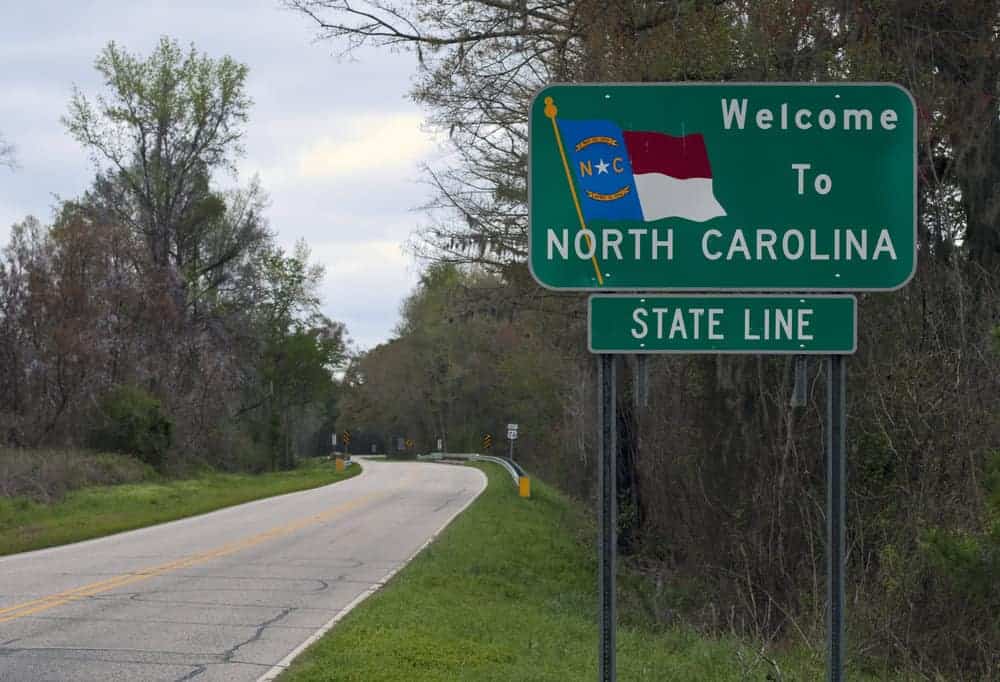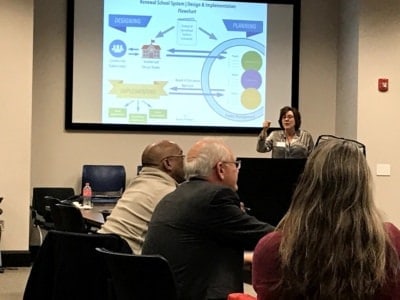About this parent’s guide: The term “learning differences” covers a wide range of challenges students may face in school, at home, and in their community. It includes all children who are struggling in school because their brains are wired uniquely — whether a learning disability has been formally identified or not. This parent’s guide can be helpful for all parents of students with learning differences. However, it is designed to be particularly helpful for those with children who have, or might have, a specific learning difference or other health impairment (e.g., attention issue) as defined by the Individuals with Disabilities Education Act (IDEA).
This is Part 3 of a series of parent’s guides related to learning differences. Click here to read Part 1 and here to read Part 2.
Funding for students with learning disabilities — who are called exceptional children (EC) in North Carolina — is tight statewide, a challenging prospect for the state’s Exceptional Children Division (ECD) and North Carolina’s local education agencies (LEAs) given the added expense of specialized instruction and mandates to provide them at no cost to parents under two federal laws.
The result?
Teachers who are overwhelmed, students who aren’t getting the adequate instruction the law promises, and an ECD that is working hard with the Department of Public Instruction and grant funders to close the gap on service shortfalls created by a lack of funding.
“We use our own money to often buy supplies for things we need for our classroom,” said Joanna McMahan, a teacher in Swain County Schools. “We also work closely with the folks from other programs in our school system and in our community to sometimes get help with materials we need. Our EC staff works well throughout our small county to share resources.”
According to data pulled from the ECD’s Child Count Report from April and LEA Annual Performance Reports with the latest results from the 2016-17 school year, the percent of students with disabilities in LEAs is greater than the capped percentage of funding they receive from the state. In its most recent budget, and as is the case in the budget proposal for the next biennium, funding for students with disabilities is capped at up to 12.75% of the average daily membership (ADM) of any given LEA.
Of the 115 county and city LEAs in North Carolina, which do not include charter schools, more than 100 (101, to be exact) have student populations that consist of more than 12.75% exceptional children. In fact, 20 of them have exceptional children populations higher than 17.75%.
Using the annual public report data, we created the following maps designed to show you where exceptional children are located in North Carolina. The first two maps are not sorted by district or LEA — but rather by county to show geographic locations of children identified with learning disabilities. The first shows within which counties and at what concentration traditional public school students with learning disabilities attend school. The second shows within which counties and at what concentration public charter school students with learning disabilities attend school.
Using our Reach NC Voices platform, we connected with more than 100 educators from around the state. Of the 117 respondents, 75% said the funding cap for exceptional children impacts their school or district’s ability to serve students.
Here’s what a few of them wrote to us:
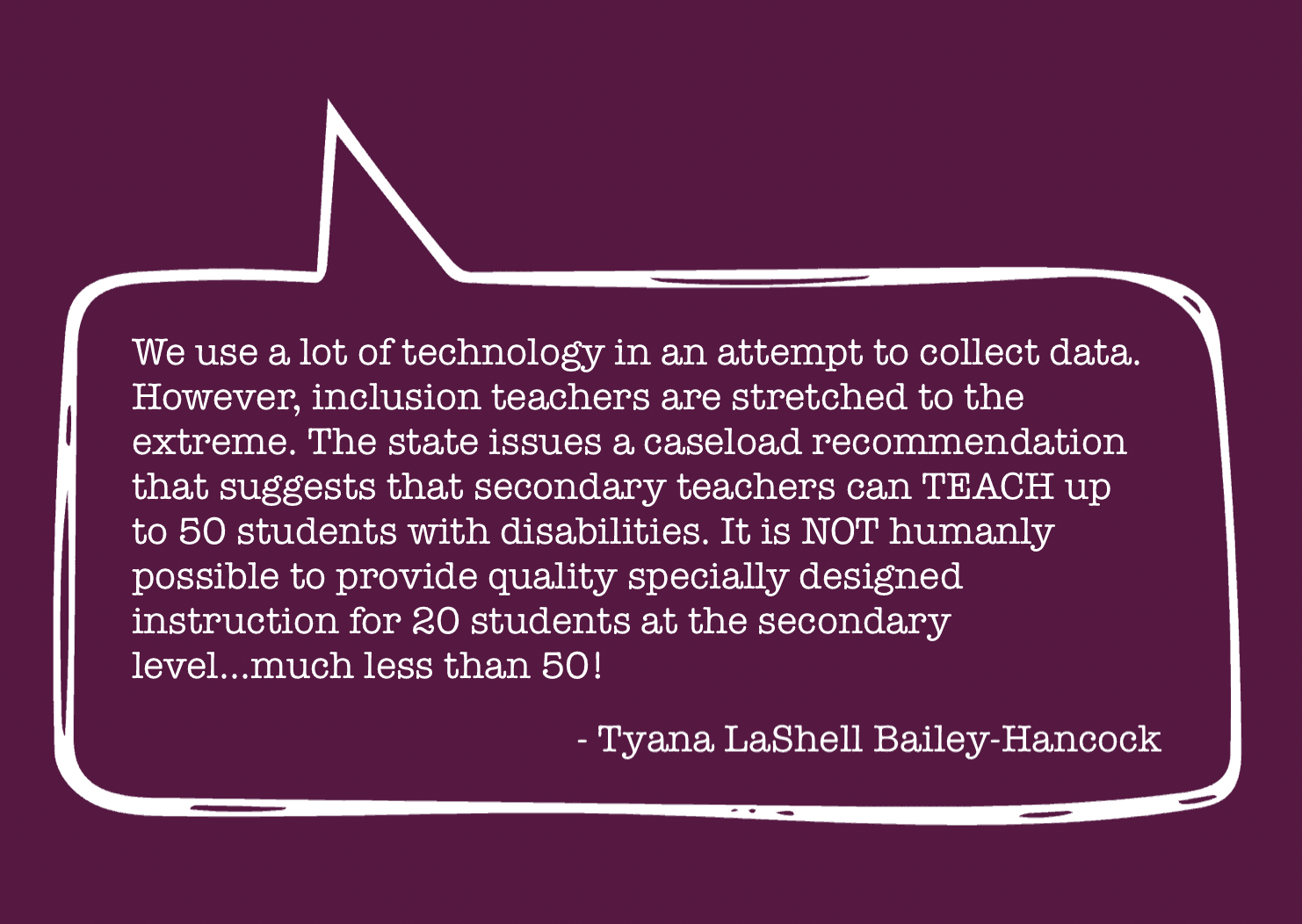
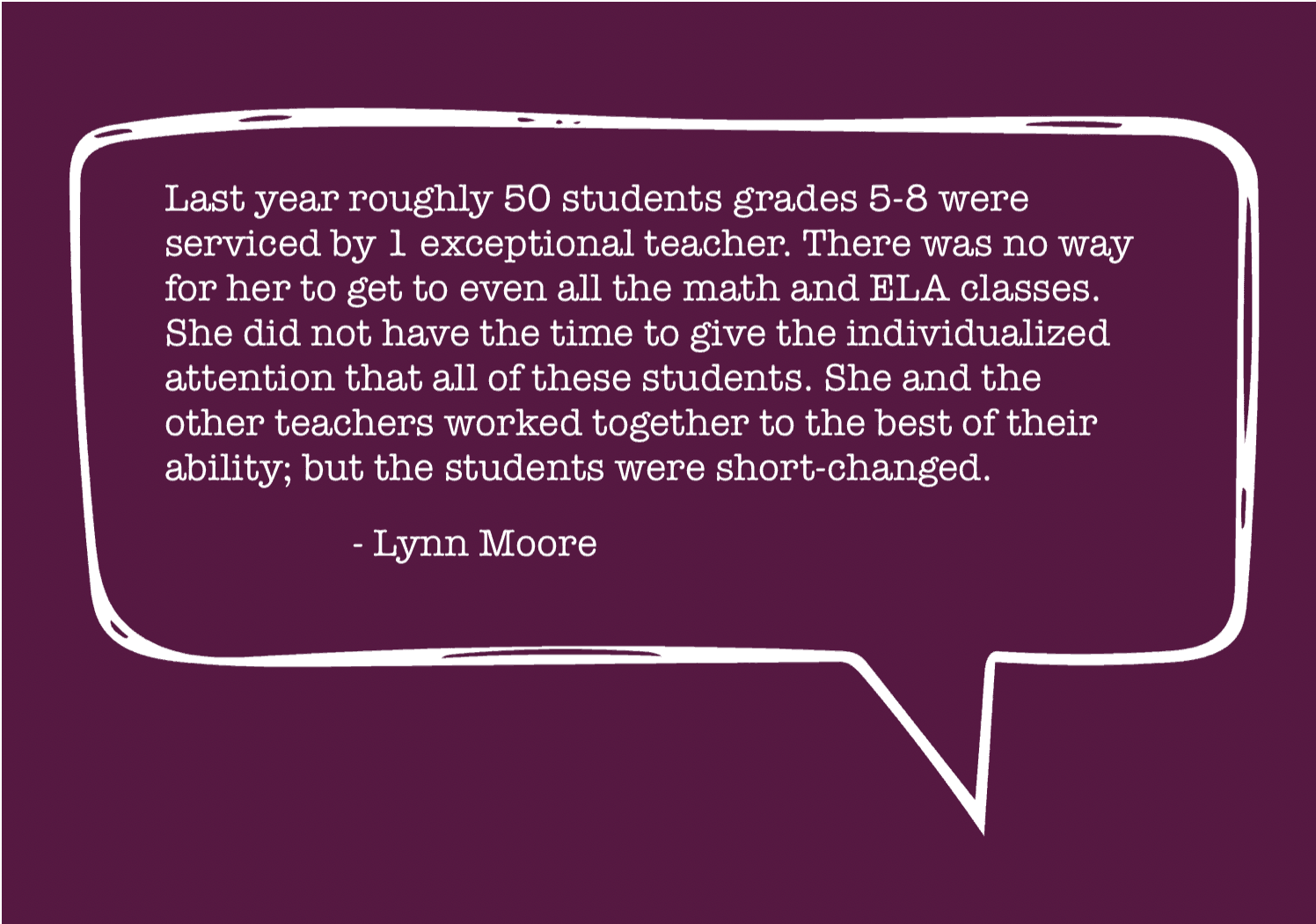
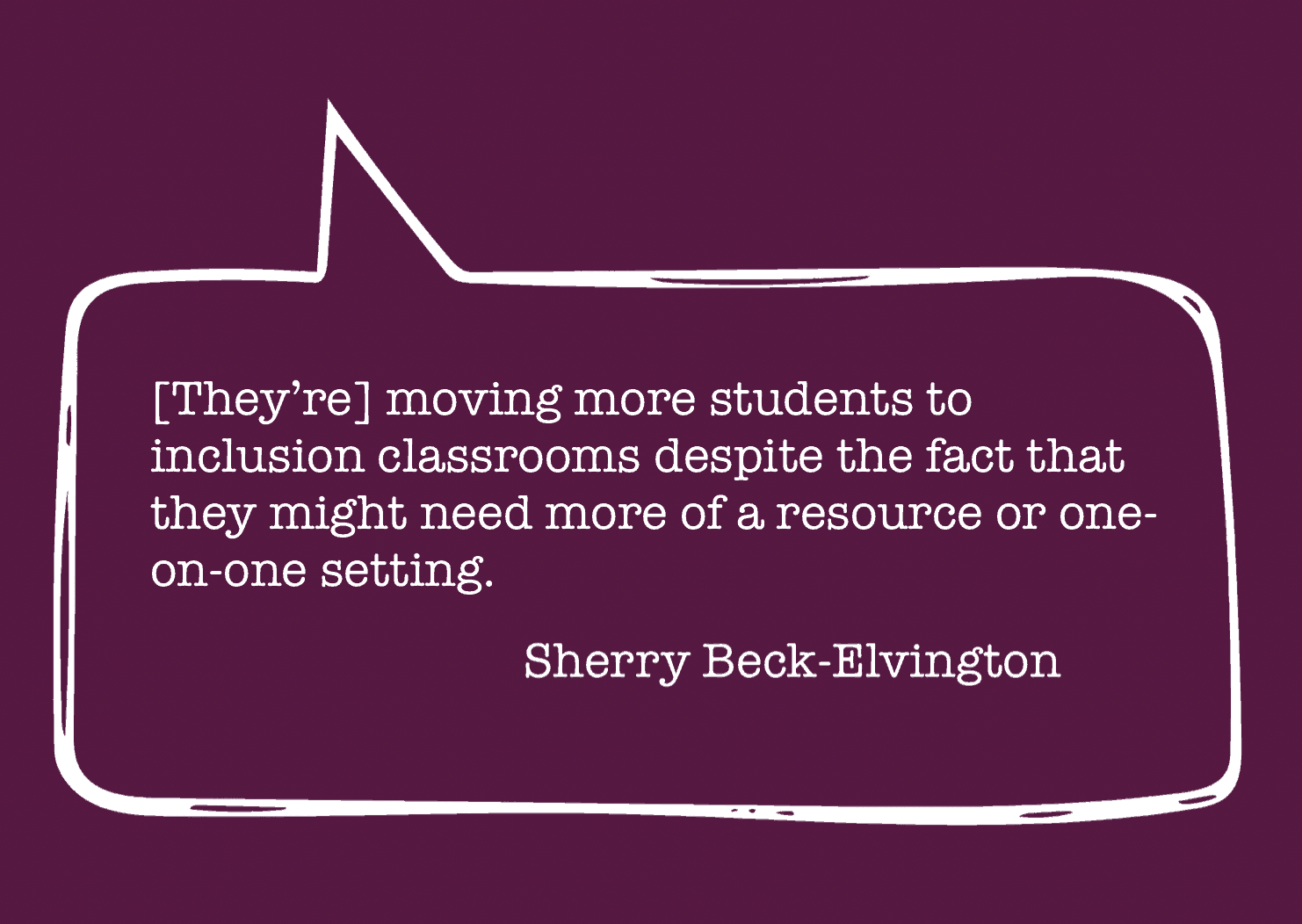
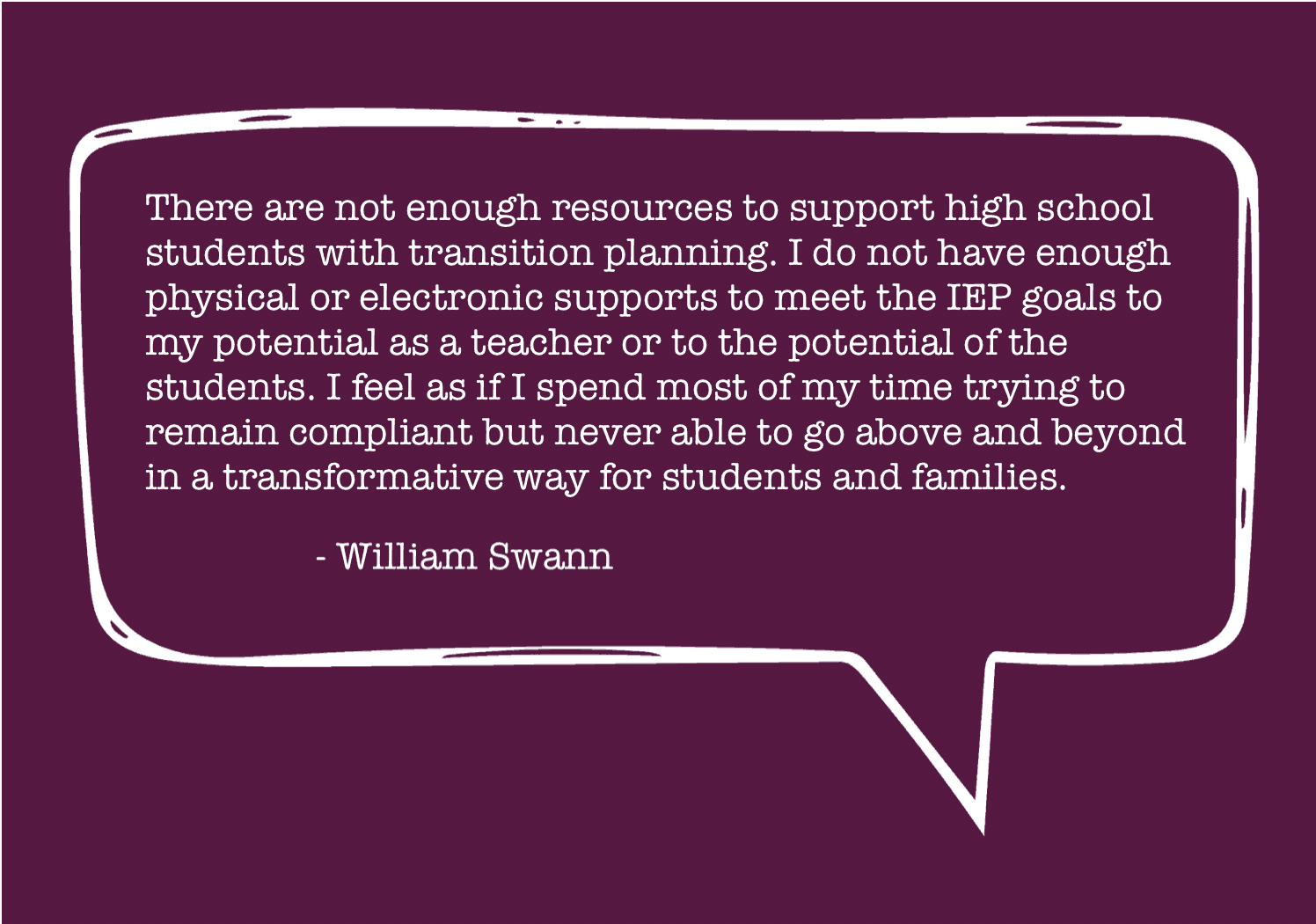
Lynne Loeser is a statewide consultant for the ECD at DPI. She has written several guidance materials used by the state, including its strategic plan for children with learning disabilities. While acknowledging that EC teams in North Carolina’s public schools are strained at a staffing level, she said there have been several initiatives underway over the past several years — and some ongoing now — to alleviate that. She believes the ECD, through the districts and their schools, will be able to meet the needs of parents and students.
One such initiative, the North Carolina State Improvement Project Improving Instruction for Students with Disabilities (NC SIP), is funded through a federal grant and is in its third phase. The goal of the project is to make sure teachers are equipped to serve struggling learners, including those needing special education services, in the event that educator preparation programs did not include certain trainings.
“We know in the early primary grades that most of the times in reading what students are going to need and where they’re struggling [with] is going to be with reading foundational skills. It’s going to be awareness, decoding, spelling, word reading. So what we’re striving for is that schools would have kind of a defined intervention in place — we’ve got people who are trained and know how to deliver that intervention; we have a way to monitor progress and make sure that students are responding to that intervention,” said Loeser.
